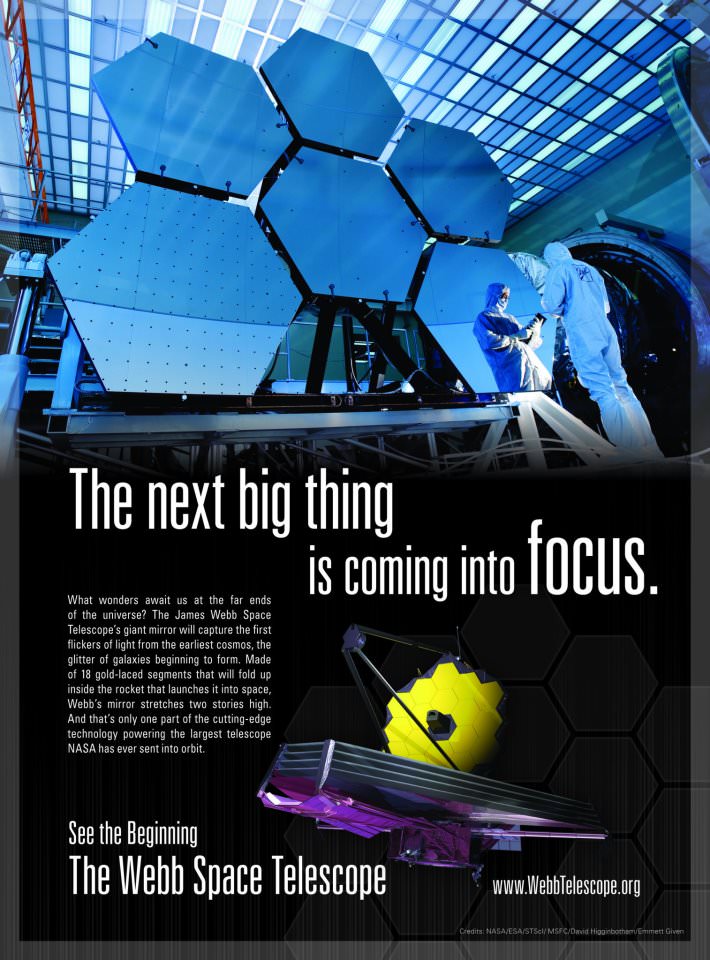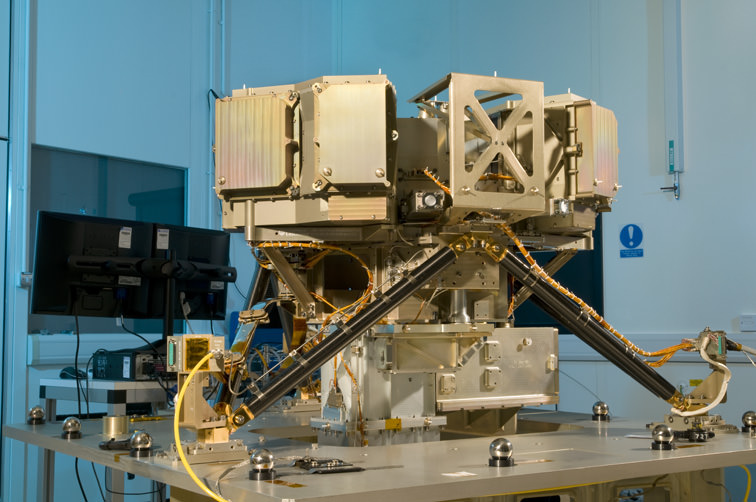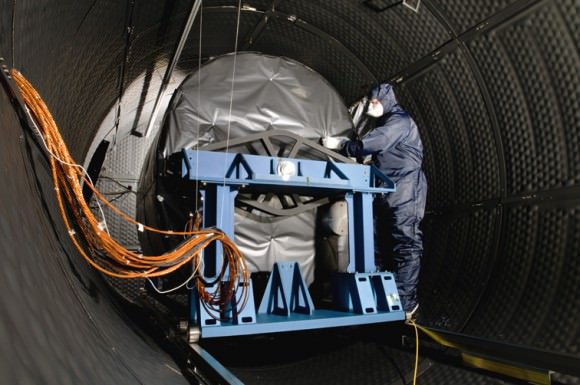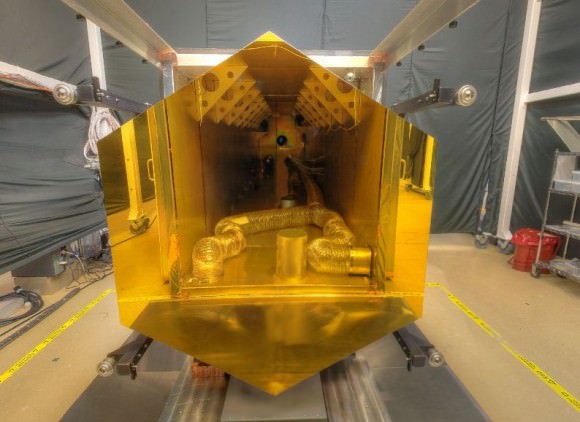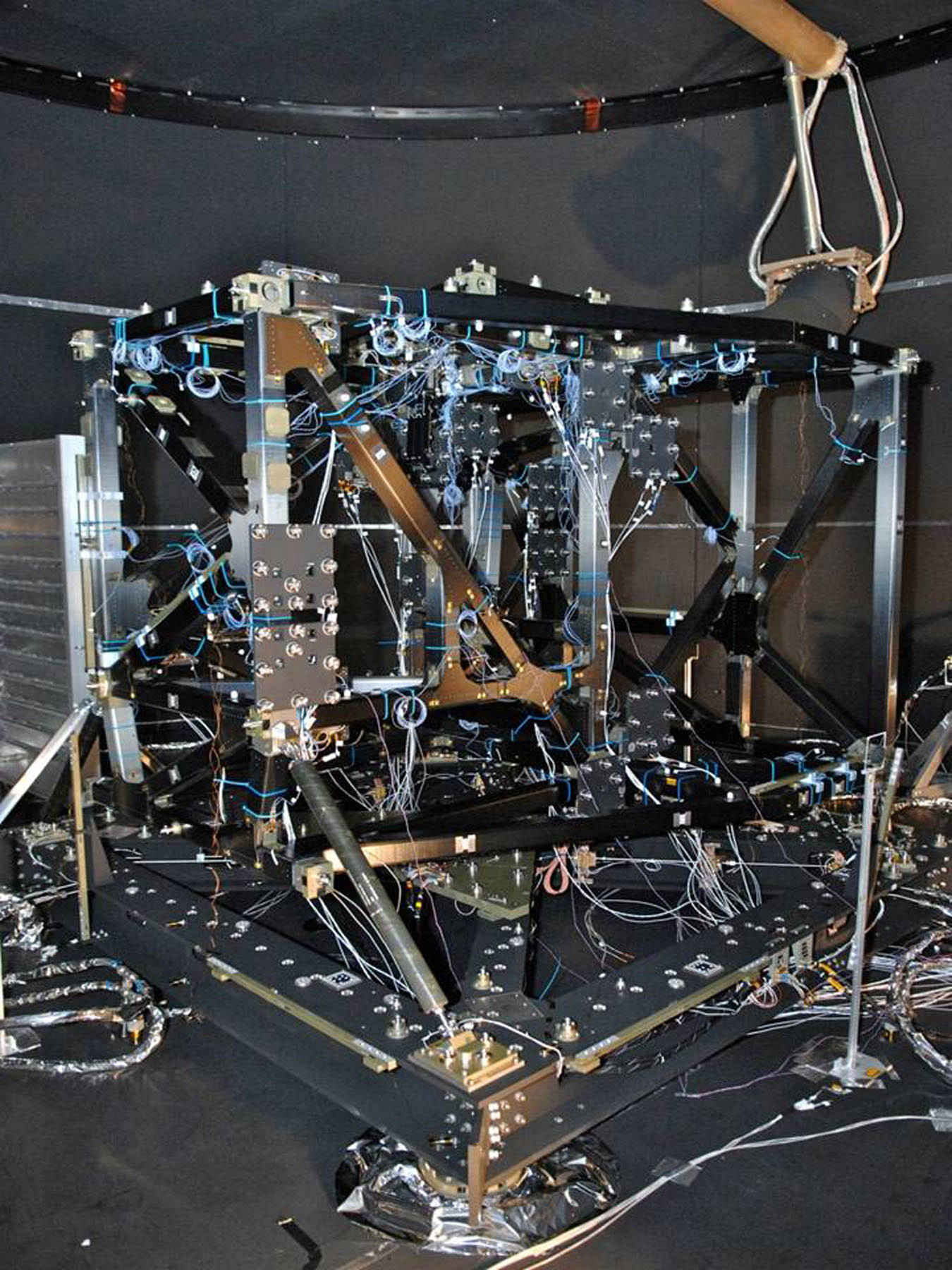Do you love astronomy? Do you appreciate science? Do you have a curiosity about the nature of our Universe, how it came to be and what our place is within it? If you are even reading this I assume your answers to all of those questions is a resounding “yes!” and so I present to you an excellent video created by Brad Goodspeed in support of the James Webb Space Telescope:
“I made Vision because I thought the argument for science could benefit from a passionate delivery,” Brad told Universe Today. “Deep down we’re all moved by the stars, and that passion needs to be expressed by methods outside of science’s typical toolbox.”
[/caption]
Funding for this next-generation telescope is currently on the line in Washington. While a markup bill was passed last month by the House of Representatives that allows for continued funding of the JWST through to launch, it has not yet been ratified by Congress. It’s still very important to maintain support for the JWST by contacting your state representatives and letting them know that the future of space exploration is of concern to you.
A petition against the defunding of the JWST is currently active on Change.org and needs your signature (if you haven’t signed it already.) Signing ends at midnight tonight so be sure to click here to sign and pass it along as well! (You can share this shortened link on Twitter, Facebook, etc.: http://chn.ge/oy4ibI)
You can also show your support and follow the JWST progress by following Save the James Webb Space Telescope on Facebook and on saveJWST.com.
The JWST will be the premier observatory of the next decade, serving thousands of astronomers worldwide. It will study every phase in the history of our Universe, ranging from the first luminous glows after the Big Bang, to the formation of solar systems capable of supporting life on planets like Earth, to the evolution of our own Solar System. It is currently aiming for a 2018 launch date.
“We don’t get to the future by yielding to our most current fears… by being shortsighted.”
Video courtesy of Brad Goodspeed.

